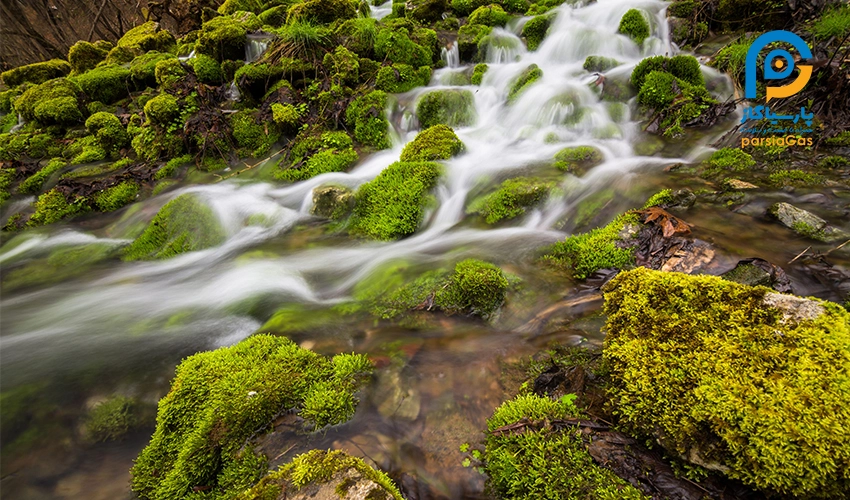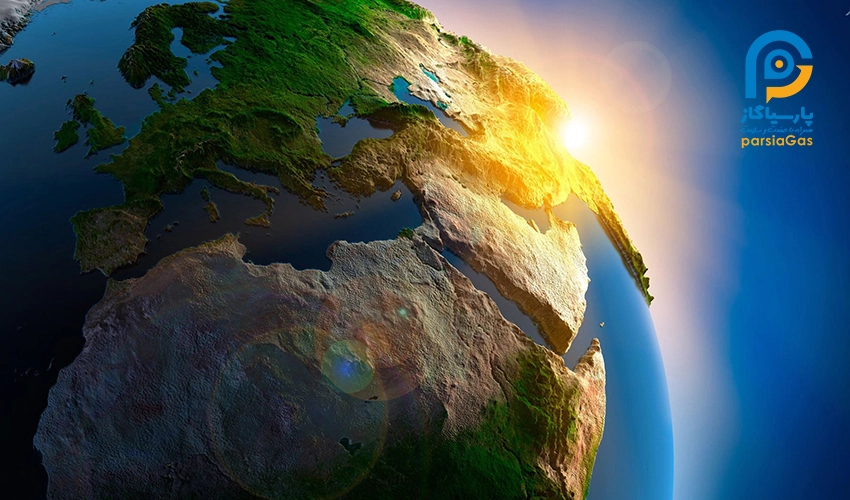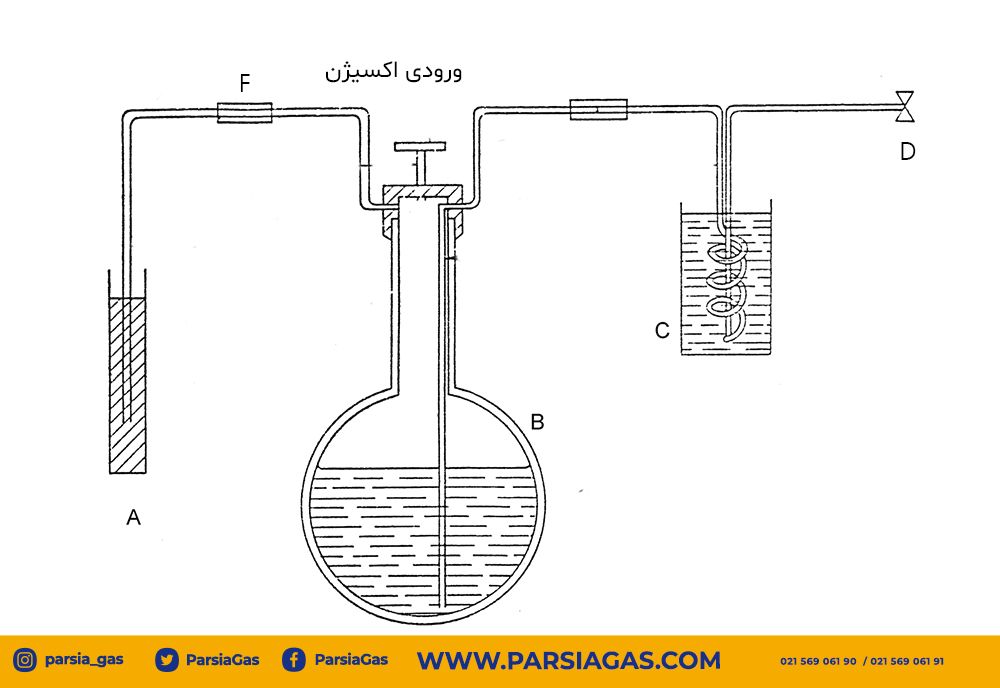What factor gave life to the earth?
Scientists were able to identify the factor that gave the first fresh and life-giving air to the planet and made life possible for all creatures on the planet.
History of the origin of oxygen
Oxygen first appeared in the Earth’s atmosphere about 2.4 billion years ago due to an event called the Great Oxygenation Event, however, it was about 400 million years ago that the oxygen in the atmosphere reached the surface. His present arrived. These evidences have been obtained from computer modeling of fossils in the seas, rocks and spores preserved in ocean sediments, which was a very difficult task for scientists to prepare.
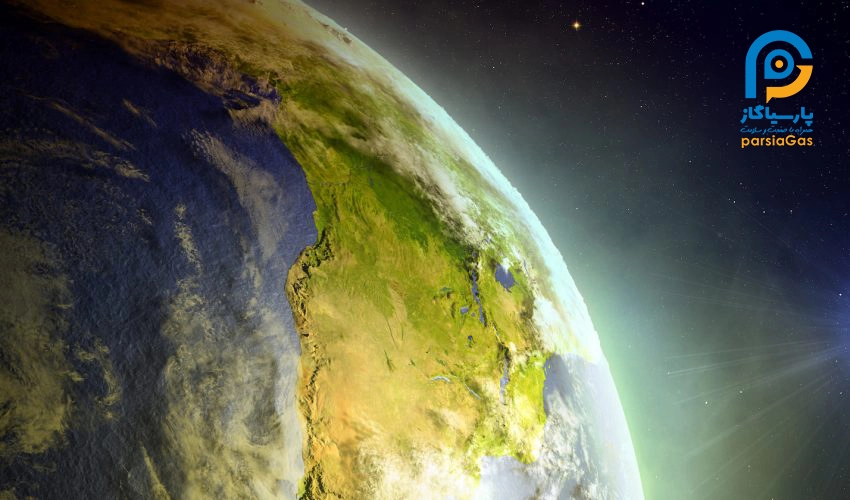
The cause of the creation of oxygen on the surface of the earth
A group of international scientists stated in Proceedings of the National Academy of Sciences that the reason for this was mosses, which reduced the carbon dioxide in the air over 40 million years, reducing the oxygen in the atmosphere to a level have reported that it exists in a stable form today. According to researches, mosses, liverworts, and bryophytes are the first plants on earth, which we can think of as thick and soft coverings.
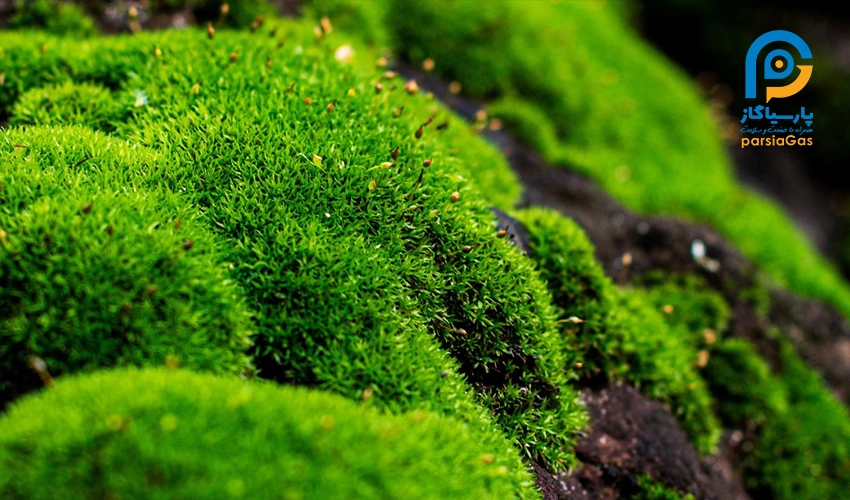
The formation of life on the surface of the earth
More than 445 million years ago, the landmasses were located on the surface of the earth in a supercontinent in the southern hemisphere of the earth called Pangea, and the continents that make up the landmasses of the earth today were connected to each other in this supercontinent. The Northern Hemisphere was surrounded by a vast ocean where life was concentrated.
With the passage of time, the green mosses that covered the rocks advanced on land and by using the process of photosynthesis, they provided the necessary and life-giving oxygen for the creatures of the earth and became the factor of the stability of the oxygen level in the atmosphere.
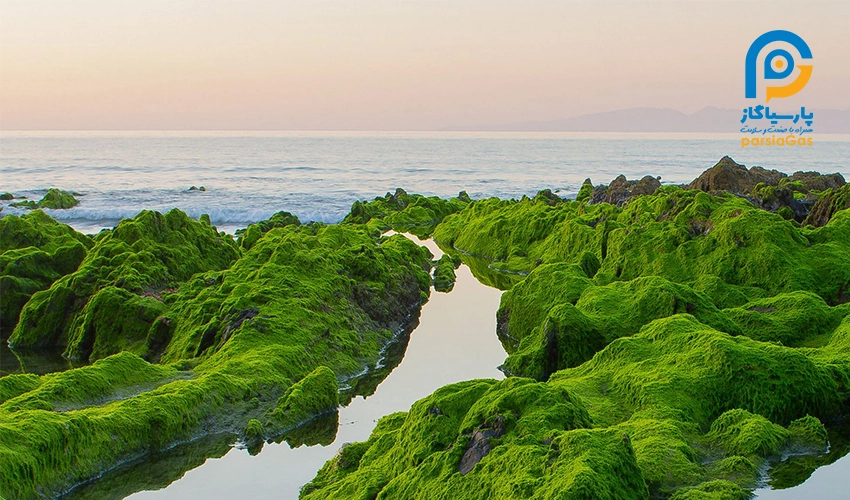
The beginning of the formation of life on land
Professor Tim Lenton of Climate Change at Exeter University, who led the study, said: “Over the course of 20 to 40 million years, a continent-wide blanket of moss began to shape the present world. In this order, with the reduction of carbon dioxide level, the temperature of the globe decreased and the first ice age began, the rocks were turned into soil due to erosion, and the first vascular plants of the Silurian period took root, and after them, ferns grew in the soil. And the life of creatures began on the surface of the earth.
The most important event in the Silurian period was the extinction that killed nearly 60% of the species living in the seas and oceans. The first freshwater fishes and the first examples of jawed fish also swam in the seas during the Silurian period. The Silurian is the shortest period of the Paleozoic era, when vascular plants first appeared in this period, and it was at the end of this period that mosses with a height of more than 30 cm began to diversify the natural landscapes of the earth’s surface.
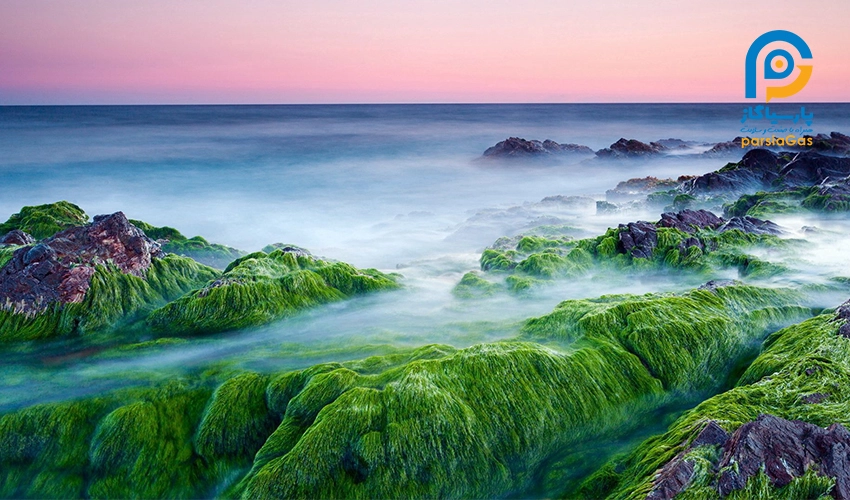
It’s amazing to know, without the evolution of mosses none of us would be here today! The mosses, as the first plants on earth, played a productive role and caused the creation of oxygen in the earth’s atmosphere.
